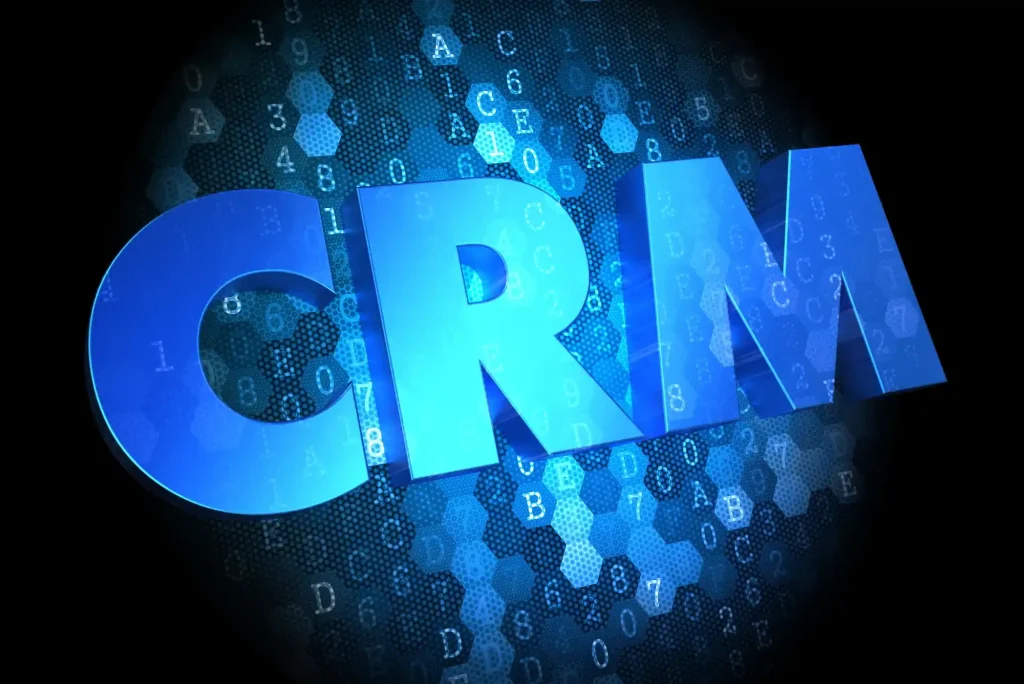Creatives—whether graphic designers, photographers, writers, or artists—often juggle multiple projects, clients, and deadlines while managing the business side of their work. An accounting CRM (Customer Relationship Management) system tailored for creatives can transform chaotic workflows into organized, efficient processes. But what exactly makes an accounting CRM effective for creatives? This article explores the essential features, benefits, and considerations for choosing an accounting CRM that empowers creative professionals to focus on their craft while keeping their finances and client relationships in check.
Why Creatives Need an Accounting CRM
Creatives often wear many hats: artist, marketer, accountant, and project manager. While their primary focus is on delivering high-quality creative work, administrative tasks like invoicing, tracking expenses, and managing client communications can eat up valuable time. A well-designed accounting CRM combines customer relationship management with financial tools to streamline these tasks, allowing creatives to prioritize their art without neglecting the business side.
The right CRM should feel intuitive and flexible, accommodating the unique needs of creative workflows. It should simplify client interactions, automate repetitive tasks, and provide clear financial insights. Below, we dive into the key features that make an accounting CRM a game-changer for creatives.
Key Features of an Accounting CRM for Creatives
1. Intuitive User Interface
Creatives value aesthetics and simplicity. An accounting CRM with a clean, visually appealing interface reduces the learning curve and makes daily use enjoyable. Look for platforms with customizable dashboards that let you prioritize the metrics and tasks most relevant to your creative business, such as project statuses, upcoming invoices, or client communications.
2. Seamless Invoicing and Payment Tracking
For freelancers and small creative agencies, cash flow is critical. A good accounting CRM automates invoicing, allowing you to create professional, branded invoices in minutes. It should also integrate with payment gateways like PayPal, Stripe, or Square, enabling clients to pay directly through the platform. Automated reminders for overdue payments can save time and reduce awkward follow-ups.
For example, a photographer can use an accounting CRM to send invoices for a wedding shoot, track payments, and set up recurring billing for retainer clients, all within one platform.
3. Project Management Integration
Creatives often manage multiple projects with varying deadlines and deliverables. An accounting CRM with built-in project management tools allows you to track tasks, deadlines, and client feedback alongside financial data. Features like task assignment, time tracking, and Kanban boards help keep projects on track while linking expenses and revenue to specific projects for accurate profitability analysis.
4. Client Communication Tools
Strong client relationships are the backbone of a creative business. An accounting CRM should include communication features like email integration, client portals, and automated follow-ups. These tools centralize correspondence, making it easy to reference past conversations or share project updates. For instance, a graphic designer can use the CRM to share mockups, get client approvals, and send invoices without switching between apps.
5. Expense Tracking and Budgeting
Managing expenses is crucial for creative professionals, especially those working on tight budgets. An accounting CRM should offer robust expense tracking, allowing you to categorize costs (e.g., software subscriptions, travel, or materials) and link them to specific projects or clients. Some platforms even provide budgeting tools to help you forecast cash flow and avoid overspending.
6. Tax Preparation and Reporting
Tax season can be daunting for creatives who may not have dedicated accountants. A good accounting CRM simplifies tax preparation by generating reports for income, expenses, and deductions. Some platforms integrate with tax software like QuickBooks or Xero, ensuring compliance with local regulations and reducing manual data entry.
7. Mobile Accessibility
Creatives are often on the go, meeting clients or working from different locations. A mobile-friendly accounting CRM lets you manage tasks, send invoices, or check payments from your phone or tablet. Cloud-based platforms ensure your data is accessible and secure, no matter where inspiration takes you.
8. Customization for Creative Workflows
Not all CRMs are created equal. For creatives, customization is key. The best accounting CRM allows you to tailor fields, templates, and workflows to match your specific needs. For example, a writer might need custom fields for manuscript deadlines, while a videographer might track equipment rental costs. Flexibility ensures the CRM adapts to your unique process.
Benefits of Using an Accounting CRM for Creatives
-
Time Savings: Automating tasks like invoicing, expense tracking, and follow-ups frees up hours for creative work.
-
Improved Client Relationships: Centralized communication and timely follow-ups build trust and professionalism.
-
Financial Clarity: Real-time insights into revenue, expenses, and profitability help you make informed business decisions.
-
Scalability: As your creative business grows, a robust accounting CRM can handle increased clients, projects, and complexity.
-
Reduced Stress: Organized workflows and automated tax prep alleviate the administrative burden, letting you focus on your passion.
Choosing the Right Accounting CRM
With so many options available, selecting the right accounting CRM can feel overwhelming. Here are some tips to guide your decision:
-
Assess Your Needs: Identify the pain points in your current workflow. Do you struggle with invoicing, client communication, or expense tracking? Prioritize features that address these challenges.
-
Check Integrations: Ensure the CRM integrates with tools you already use, such as Adobe Creative Cloud, Google Workspace, or payment processors.
-
Test Usability: Many platforms offer free trials. Test the interface to ensure it’s intuitive and aligns with your creative mindset.
-
Consider Scalability: Choose a CRM that can grow with your business, supporting more clients and complex projects as needed.
-
Evaluate Cost: Look for a pricing model that fits your budget. Some CRMs offer tiered plans based on features, while others charge per user or client.
Popular accounting CRM options for creatives include FreshBooks, HoneyBook, and 17hats, each offering a blend of financial and client management tools tailored for freelancers and small creative businesses.
Common Mistakes to Avoid
When adopting an accounting CRM, creatives should steer clear of these pitfalls:
-
Choosing a Generic CRM: Platforms designed for large corporations may lack the flexibility creatives need.
-
Ignoring Mobile Access: If you’re frequently on the move, a desktop-only CRM can limit productivity.
-
Overlooking Support: Ensure the platform offers reliable customer support, especially if you’re not tech-savvy.
-
Focusing Solely on Price: A cheap CRM may lack critical features, costing you more time and money in the long run.
Real-World Example: A Creative’s Success Story
Consider Sarah, a freelance illustrator. Before using an accounting CRM, she spent hours manually creating invoices, tracking expenses in spreadsheets, and following up with clients via email. After switching to a tailored accounting CRM, she automated her invoicing, linked expenses to specific projects, and used the client portal to share drafts and get approvals. This saved her 10 hours a week, allowing her to take on more clients and increase her income by 20% within six months.
Conclusion
An accounting CRM designed for creatives is more than just software—it’s a tool that empowers you to manage your business efficiently while staying true to your creative vision. By prioritizing features like intuitive design, seamless invoicing, project management, and mobile access, you can streamline workflows, strengthen client relationships, and gain financial clarity. Take the time to evaluate your needs, test different platforms, and choose a CRM that feels like an extension of your creative process. With the right accounting CRM, you’ll spend less time on admin and more time bringing your ideas to life.



